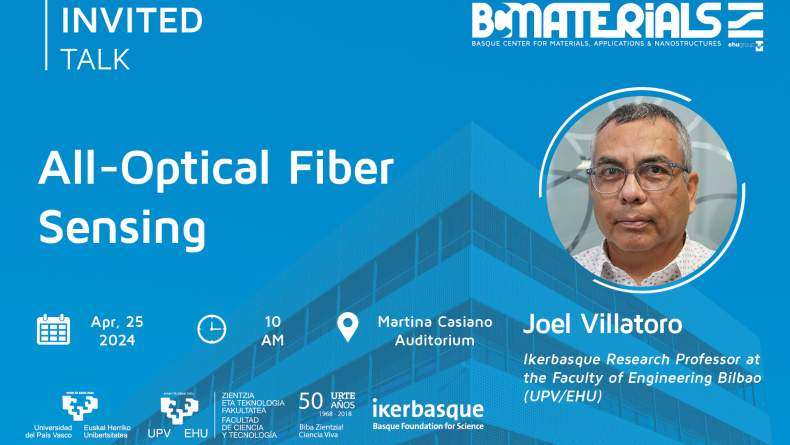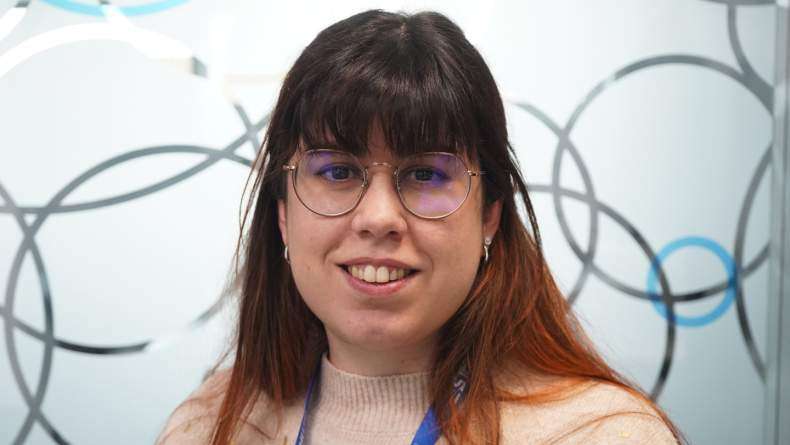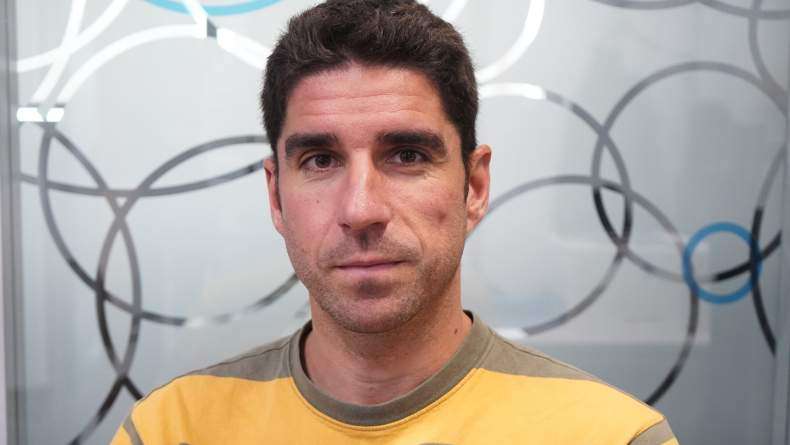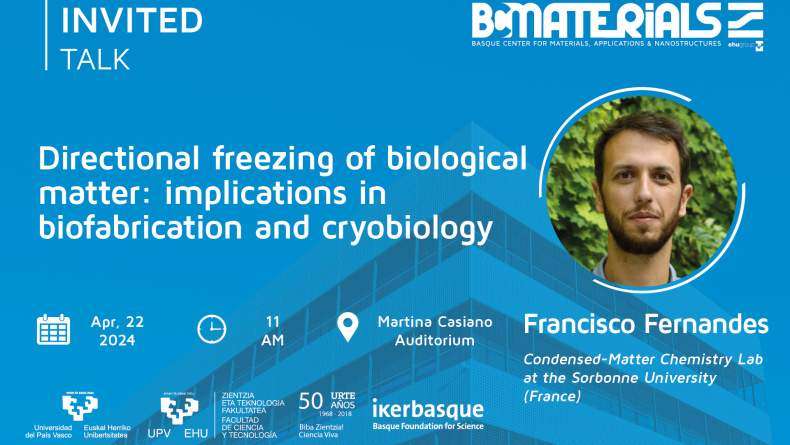PhD Results #2

DAVID GANDIA
(BCMATERIALS)
Magnetotactic bacteria as hyperthermia agents
Magnetotactic bacteria (MTB) are a diverse group of microorganisms with the ability to orient and migrate along the geomagnetic field due to the presence of a chain of magnetic nanoparticles that behave as a compass needle. In particular, Magnetospirillum gryphiswaldense MSR-1 species synthesize cubo-octahedral shape magnetite (Fe3O4) nanoparticles with a mean diameter of 45 nm. These nanoparticles are arranged forming a chain of ≈ 20 nanoparticles. In the last years, one of the most interesting approaches for cancer therapy is devising nano-robots capable of targeting and destroying cancer cells. In this work we want to prove the capabilities of Magnetospirillum gryphiswaldensebacteria as self-propelled biorobots for cancer treatment, evaluating the magnetic hyperthermia response. Magnetotactic bacteria were dispersed in water with concentration of 0.15 mgFe3O4/ml reaching SAR/f values as high as 8 Wg-1kHz-1.We have developed a model considering that the magnetic energy of bacteria depends on the cubic magnetocrystalline anisotropy of magnetite, shape anisotropy, intra-chain dipolar interactions, and the Zeeman term.
NELSON CASTRO
(BCMATERIALS)
Polymer composite microenvironments for tissue engineering applications
The replacement and regeneration of lost or damaged organs represent one of the main challenges in nowadays medicine. In order to tackle them, techniques that simulate the physicochemical and bioactive environment of natural cells are employed in tissue engineering (TE). One of the main methods involve biomaterials, as they show great performance in cell adhesion, proliferation and differentiation, allowing improved cell response. In particular, bone TE is under intense investigation. Bone tissue has a piezoelectric natural property, meaning that when it is under mechanical stress it generates a voltage variation. This fact has raised increased attention on the use of electrically active biomaterials for bone regeneration. In order to take full advantage of electroactive biomaterials, a proper microenvironment able to mimic the required environment of the cells as well as the required elecromechanical inputs is required. In this way, an active biomaterial and device solutions are presented.
Related news
Invited Talk with Joel Villatoro on April 25
On April 25, BCMaterials will receive Dr. Joel Villatoro as a new invited speaker with the talk entitled “"All-Optical Fiber Sensing". The talk will start at 10:00 at the Martina Casiano auditorium (…Eloie Gallego, New Research Technician Assistant
BCMaterials welcomes Eloie Gallego, who joins our center as new Research Technician Assistant. She will work giving service to a growing laboratory activity in our facilities. Eloie’s academical and…Jorge Saiz, New Ramón y Cajal Researcher at BCMaterials
We are happy to receive Jorge Saiz Galindo as new Ramón y Cajal Fellow, post-doctoral researcher in BCMaterials. Dr. Saiz obtained his degree in Biology and his PhD at the University of Alcalá, in…Invited Talk with Francisco Fernandes on April 22
BCMaterials will offer a new invited talk on April 22 with Francisco Fernandes, Associate Professor of the Condensed-Matter Chemistry Lab at the Sorbonne University (France) The talk will begin at…



